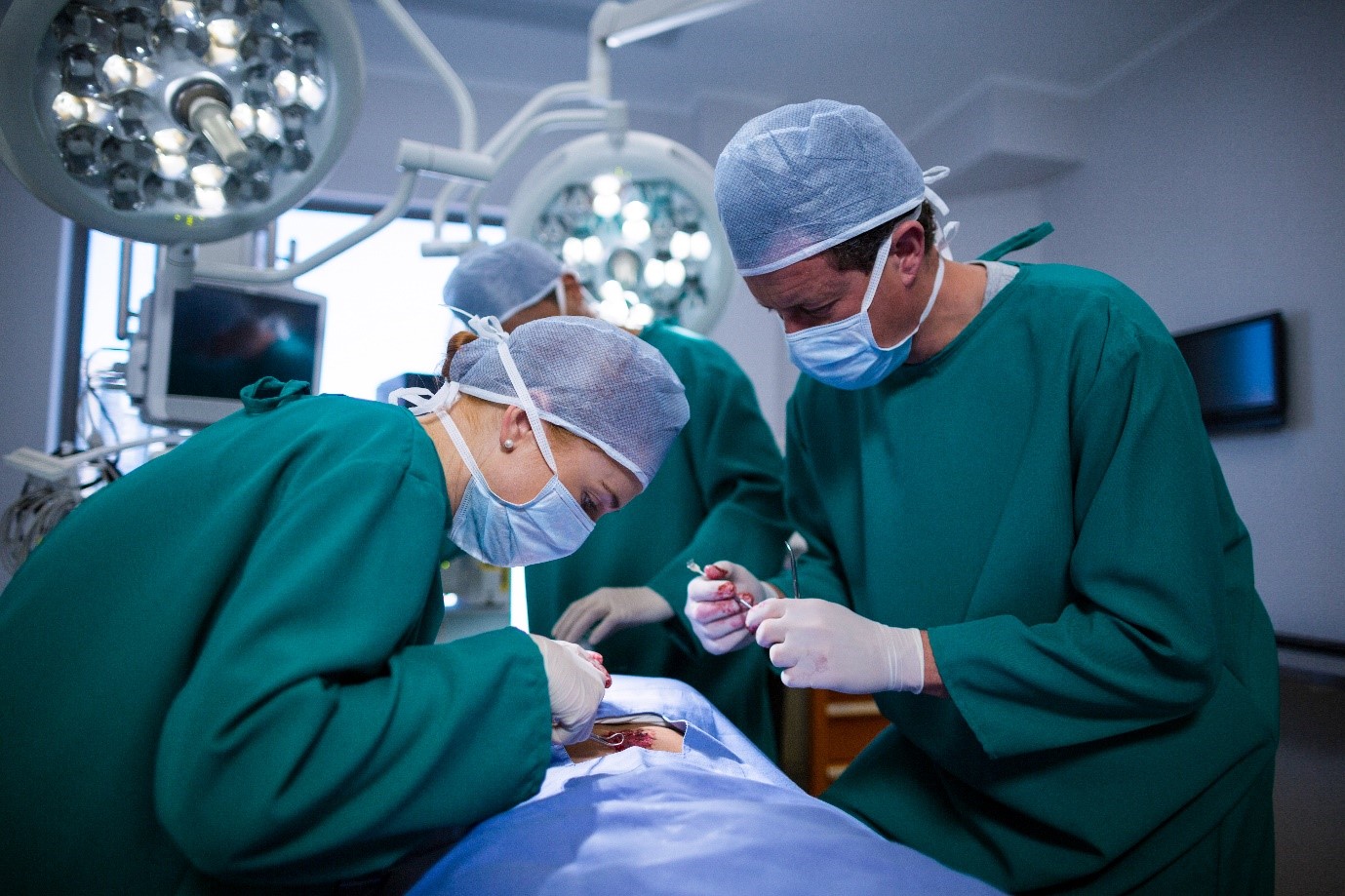Knee osteotomy is a surgical treatment that realigns the bones surrounding the knee joint. The goal is to redistribute weight away from injured or arthritic parts of the knee, lowering discomfort and preventing joint deterioration. Knee osteotomy alters bone alignment and seeks to reduce pressure on the afflicted region and restore knee function.
Right Candidate for Knee Osteotomy:
- Typically, under 60 years old
- Young, active arthritis patients
- People with early-stage knee arthritis
- Those with uneven knee wear
How Do Knee Osteotomies Work?
Knee osteotomy involves the surgeon making precise incisions in the bone to straighten the knee joint. A wedge of bone may be removed (closed wedge osteotomy) or added (opening wedge osteotomy) to accomplish the required realignment. The treatment is usually conducted under general anaesthetic and may necessitate a few days in the hospital, depending on the length of the surgery and your personal recovery time.
Recovery and Rehabilitation:
Following the knee osteotomy, you will undergo rehabilitation to help recover your knee’s strength, flexibility, and range of motion. This might include physical therapy, muscle-building exercises, and progressively increasing your activity level under the supervision of your healthcare provider. While recovery timeframes differ, most patients should anticipate resuming mild activities in a few weeks and more intense ones in a few months.
Benefits and Risks:
The major advantage of knee osteotomy is its ability to alleviate pain, enhance function, and postpone the need for more invasive operations such as knee replacement surgery. However, like with any operation, there are risks such as infection, blood clots, and anesthesia-related problems. To make an educated choice about your treatment options, consider the possible advantages and risks of a knee osteotomy with your healthcare professional.
Knee osteotomy is a viable treatment option for people suffering from knee pain and joint dysfunction. This technique tries to retain the original knee joint while improving general function and quality of life by realigning the surrounding bones.



